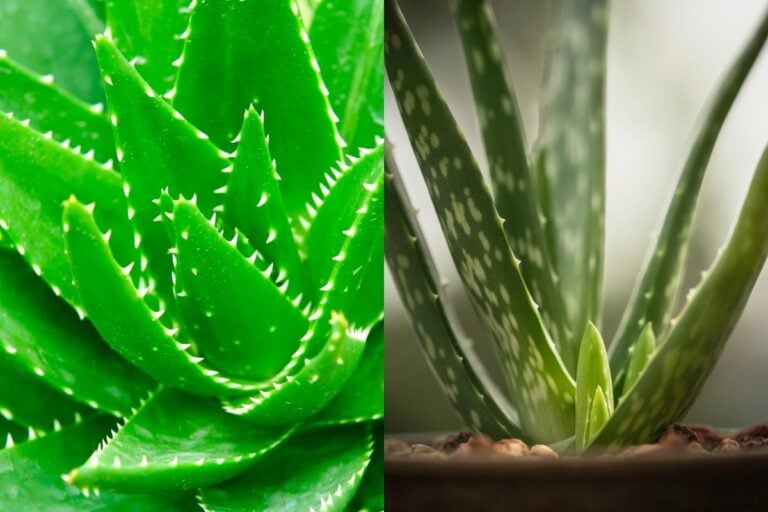Indoor Aloe Vera Watering Guide: How Often & Best Practices
Aloe vera is a common indoor succulent, prized for its unique look and healing properties. It originates from South Africa, where moisture usually comes during the rainy season. Over its evolution, aloe has adapted to go a long time without water. But proper watering is still needed for the plant—it’s the key to its health….










